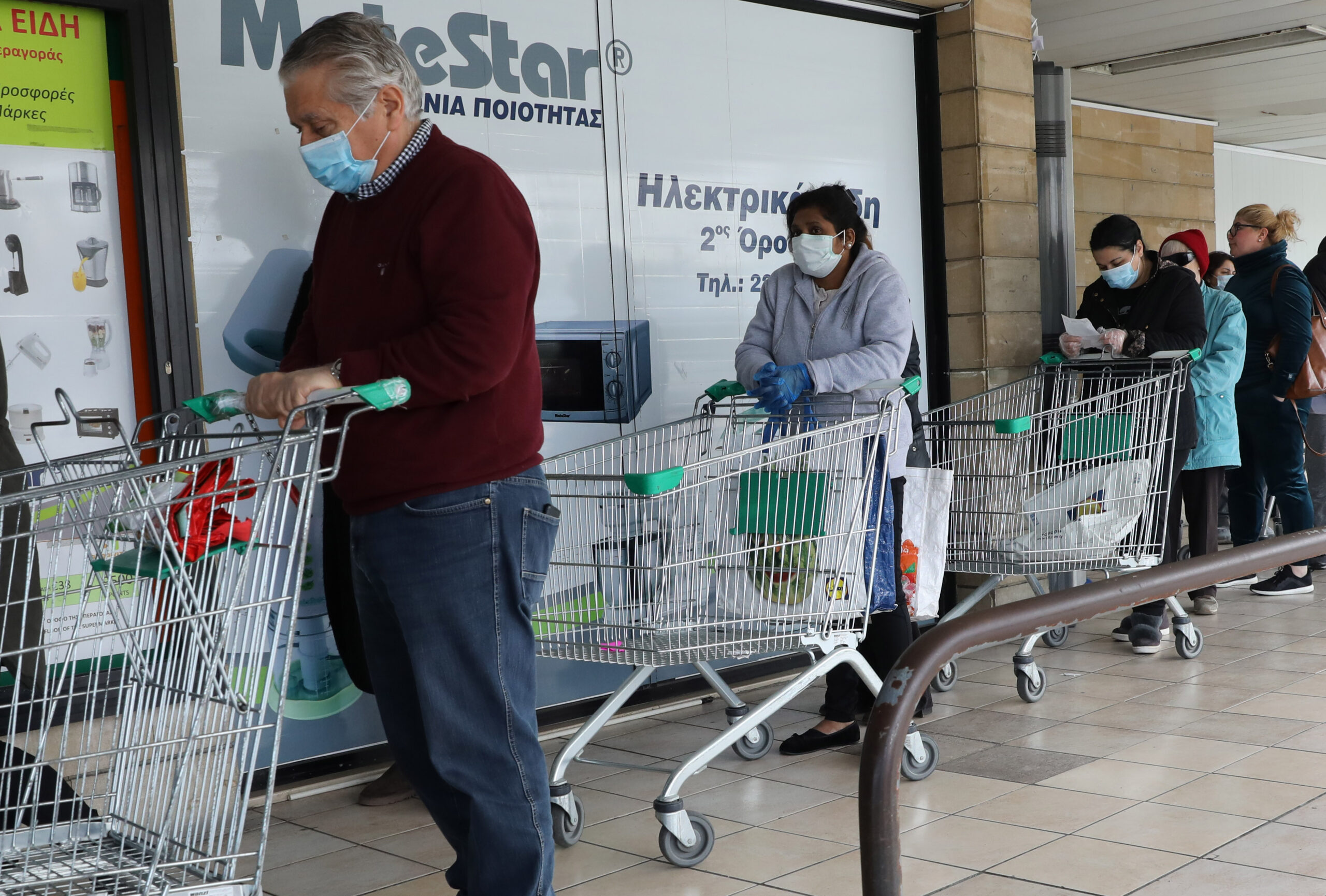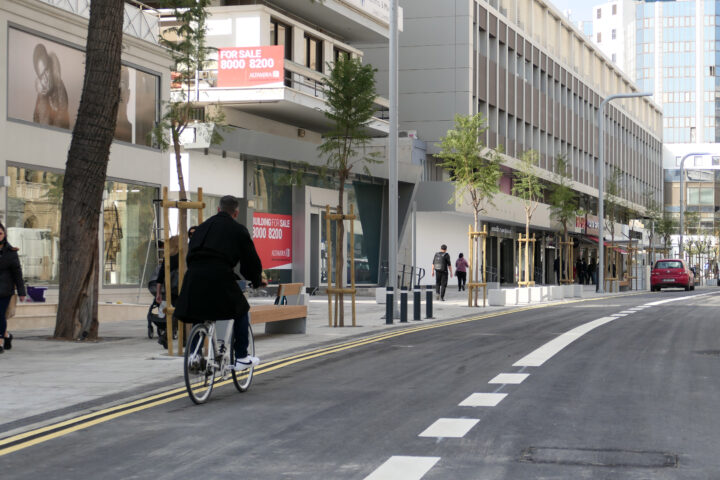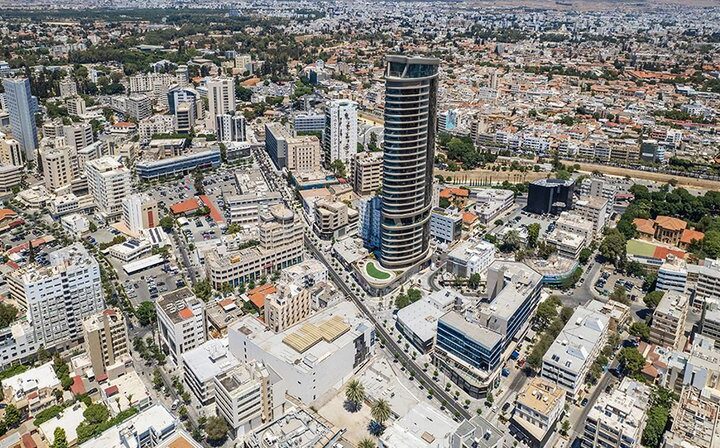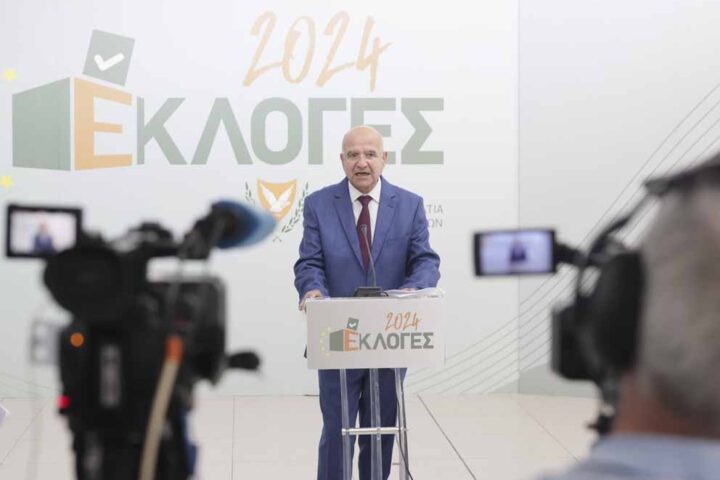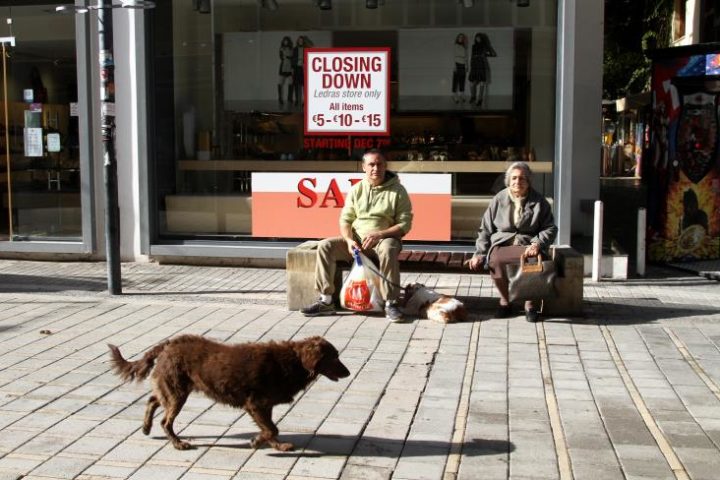More than 17% of the population (154,000) in Cyprus were at risk of poverty or social exclusion last year, according to a study on income and living conditions.
The Statistical Service said that 17.3% lived in households whose disposable income was below the at-risk-of-poverty threshold or was severely materially and socially deprived or living in households with low work intensity.
There was a minor improvement from the previous year when it stood at 17.6%, continuing its downward trend.
This improvement is reflected exclusively in the percentage of men (15.8%), as the percentage of women remained almost at the same level (18.7%).
At-Risk-of-Poverty Indicator (AROP)
The percentage of the population at risk of poverty, meaning disposable income was below the at-risk-of-poverty threshold, exhibited a slight decrease, reaching 13.8% from 14.3% in 2020.
The highest percentage that this indicator has reached was 16.2% in 2015.
The at-risk-of-poverty threshold remained nearly unchanged between 2021 and 2020, reaching €10,011 for single-person households in 2021 from €10,022 in 2020 and €21,024 for households with two adults and two dependent children from €21,047 in 2020.
Severe Material Social Deprivation Indicator (SMSD)
The percentage of the population severely materially and socially deprived, meaning that they were experiencing enforced lack of at least 7 out of 13 deprivation items, has decreased to 2.6% from 3.2% in 2020.
At the household level, deprivation refers to the financial inability of a household to face unexpected expenses, pay rent or utility bills or loans, or keep the home adequately warm.
At the individual level, it is the financial inability to spend a small amount of money each week to have regular leisure activities, to get together with friends/family for a drink/meal at least once a month.
Very Low Work Intensity Indicator (LWI)
The percentage of the population aged 0-64 living in households with very low work intensity, meaning that the adults in the household worked less than 20% of their work potential during the past year, showed a minor increase in 2021, reaching 5.6% from 5.3% in 2020.
Income Inequality
The mean annual disposable income of households in 2021 was €34,227, an increase of 1.1% from €33,862.
The income share of the 20% richer population was 4.2 times higher than the income share of the 20% poorer population compared to 4.3 in 2020.

